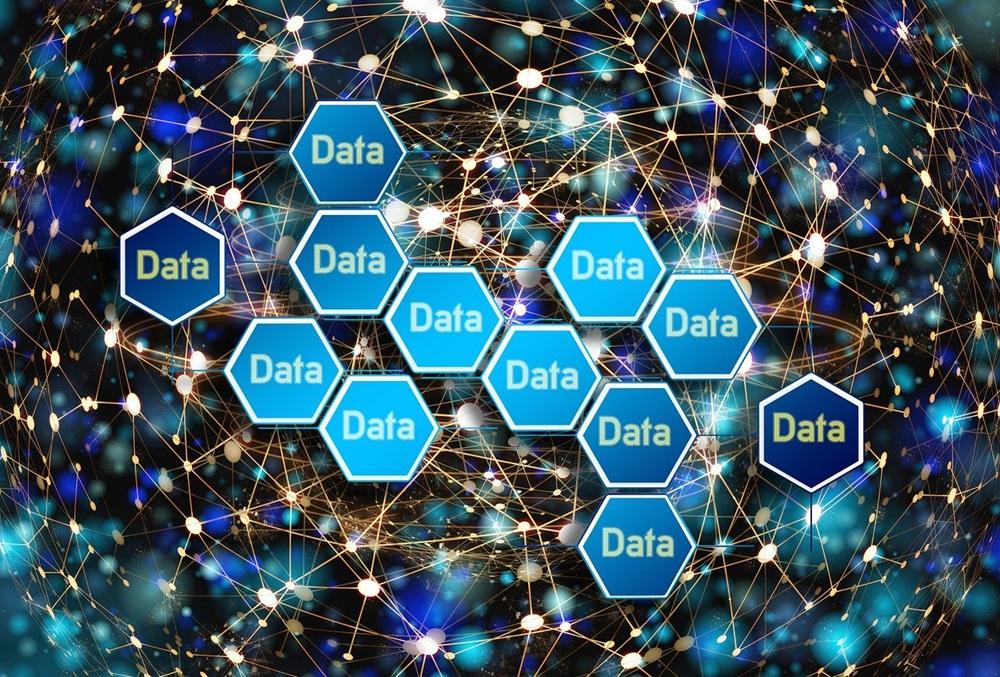Introduction to Data Collection for AI
Artificial Intelligence (AI) has revolutionized numerous
industries, including the translation industry, by enabling machines to perform
tasks that require human intelligence. From language processing to image
recognition, AI's capabilities are vast and continually expanding. At
Powerling, we have certainly become technology experts as well as linguists. However,
the foundation of any successful AI model is high-quality data. Understanding
how data collection for AI model training is done is crucial for appreciating
the complexity and potential of these technologies.
Let's examine the process.
Sources of Training Data
Training data can come from various sources, each providing unique benefits and challenges:
- Public Datasets: There are numerous publicly available datasets that researchers and developers can use. Examples include the ImageNet dataset for image recognition tasks and the Common Crawl dataset for natural language processing.
- Proprietary Data: Companies often use data generated from their own operations. For instance, a social media platform may use user interactions to train recommendation algorithms.
- Web Scraping: This involves extracting data from websites. While it can provide a vast amount of information, it also raises legal and ethical considerations.
- Crowdsourcing: Platforms like Amazon Mechanical Turk allow for the collection of large amounts of labeled data by paying individuals to perform tasks.
- Synthetic Data: Sometimes, real-world data is not sufficient or available. In such cases, synthetic data generated by simulations or other methods can be used.
Data Preprocessing and Cleaning
Raw data is often noisy and inconsistent. Preprocessing and cleaning are critical steps to ensure that the data is suitable for training AI models:
- Data Normalization: Adjusting the scales of the data to ensure uniformity.
- Handling Missing Values: Techniques such as imputation or removal of missing data points.
- Removing Duplicates: Ensuring each data point is unique to avoid bias.
- Outlier Detection: Identifying and addressing data points that deviate significantly from the norm.
- Data Transformation: Converting data into formats that are easier for the AI models to process.
Labeling and Annotating Data
For supervised learning, labeled data is essential. This involves annotating data with relevant labels that the AI model can learn from:
- Manual Labeling: Human annotators manually label the data, which can be time-consuming but often results in high-quality labels.
- Automated Labeling: Using algorithms to automatically label data. While faster, it may not always be as accurate as human labeling.
- Semi-Automated Labeling: A combination of manual and automated methods, where automated systems provide initial labels that are then refined by humans.
Challenges in Data Collection
Data collection for AI model training comes with several challenges:
- Data Quality: Ensuring that the data is accurate, complete, and relevant.
- Volume: Collecting sufficient data to train models effectively.
- Variety: Gathering diverse data to avoid bias and ensure the model generalizes well.
- Security: Protecting sensitive data from breaches and unauthorized access.
- Cost: The financial resources required to collect, store, and process large datasets.
Ethical Considerations in Data Collection
Ethics play a significant role in data collection:
- Privacy: Ensuring that personal data is collected and used in compliance with privacy laws and regulations.
- Consent: Obtaining explicit consent from individuals whose data is being collected.
- Bias: Being aware of and mitigating biases that can arise in data collection and labeling.
- Transparency: Being open about how data is collected and used.
Tools and Techniques for Data Collection
Several tools and techniques aid in data collection for AI:
- APIs: Application Programming Interfaces (APIs) allow for automated data collection from various online sources.
- Web Scrapers: Tools like Scrapy or Beautiful Soup can be used to extract data from websites.
- Data Management Platforms: Platforms such as AWS Data Exchange or Google Cloud's Public Datasets provide access to large datasets.
- Data Annotation Tools: Software like Labelbox or Supervisely facilitates the annotation process.
Real-world Examples of AI Data Collection
- Healthcare: Hospitals collect patient data to train models for diagnosing diseases.
- Finance: Financial institutions use transaction data to detect fraud and make investment decisions.
- Retail: E-commerce platforms collect user behavior data to personalize shopping experiences.
Future Trends in AI Data Con
The field of AI data collection is continuously evolving:
- Federated Learning: A technique that allows models to be trained across multiple decentralized devices or servers holding local data samples, without exchanging them.
- Data Privacy Technologies: Advances in technologies like differential privacy will enable more secure data collection.
- Automated Data Generation: Improved algorithms for generating synthetic data that closely mimics real-world data.
- Ethical AI: Increasing emphasis on ethical considerations in data collection and usage.
Bottom Line
Data collection is a foundational aspect of AI model training. The quality and diversity of the data directly impacts the performance of AI models. As the field progresses, the methods and tools for data collection will continue to advance, driving further innovations in AI. Powerling can be a valuable partner in your data collection project, offering customized data services that can evolve as your business evolves.

